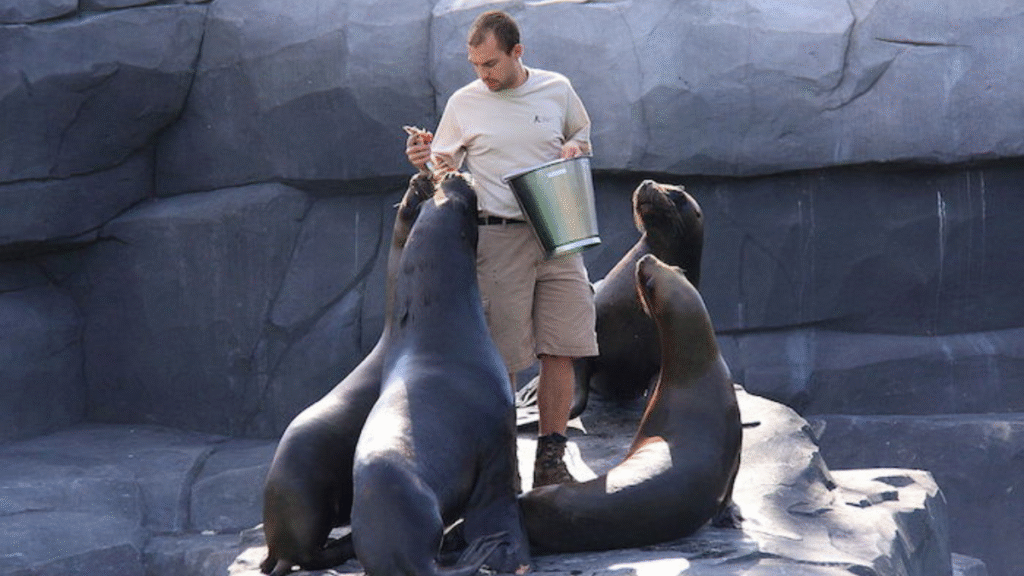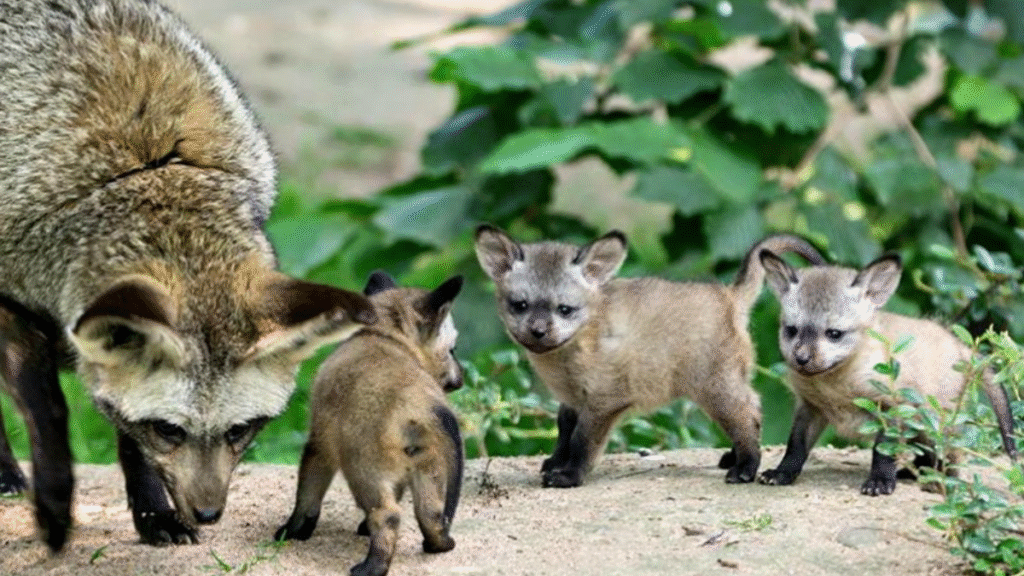Contemporary zoos have developed much beyond their ancient origins of being pure entertainment. The zoos of today are hubs of conservation, education, research, and rehabilitation, dedicated to the protection of animals and maintenance of biodiversity.
With human settlement spreading ever more into wildlife habitats and climate change affecting species globally, the importance of zoos has never been greater.
This article delves into the ways contemporary zoos aid in animal welfare and global conservation activities.
Conservation of Endangered Species
One of the most significant functions that contemporary zoos serve is the preservation of the world’s threatened species. Zoos are involved in Species Survival Plans (SSPs), organized activities that guarantee viable genetic diversification among captive groups of threatened animals.
It is an imperative that helps stabilize and enhance the population of animals that are nearing extinction in the wild. For example, the California condor, once dwindling to fewer than 30 birds, now counts in excess of 400 due in part to breeding programmers spearheaded by zoos.
In like manner, the Amur leopard, considered one of the world’s rarest big cats, is helped by international zoo collaboration that exists to increase its ranks.
Habitat Simulation and Animal Welfare
Gone are the small, concrete cages of old. Contemporary zoos spend profusely on providing inclosures that can replicate the natural environment of animals, stimulating their physical and psychological well-being.

Such enriched inclosures feature plants, terrain diversity, toys, puzzles, and groupings that support natural inclinations such as foraging, climbing, or hunting. In addition, professional animal caretakers and veterinary teams pay close attention to animal health.
Most zoos provide preventative health check-ups, dietary planning, and even specialized medical interventions such as surgery or physiotherapy to help animals live long, healthy lives.
Wildlife Rescue and Rehabilitation
Contemporary zoos also serve as sanctuaries and centres of rehabilitation. Many of them rescue injured, orphaned, or trafficked animals and offer them care that cannot be found in the wild.
Some of the animals are released back into their original habitats once they recover, and others are kept within the zoo if they cannot stand on their own.
An example is the rescue and rehabilitation of Florida manatees or Australian bushfire-burned koalas. Zoos have filled the gap by offering medical assistance and a recovery sanctuary.
Education and Public Awareness
Zoos possess a strong educational mandate. They provide interactive displays, labelling, educational presentations, and live demonstrations that capture millions of visitors each year.
Through the up-close observation of animals and knowledge about their requirements, threats, and environments, the public becomes more concerned about conservation efforts.
Kids and adults both depart with a greater appreciation for wildlife and the interdependence of ecosystems. Some zoos even collaborate with schools to offer tailored learning programmes and conservation curriculums.
Scientific Research
Zoos donate useful information to science. Through in-situ and ex-situ research, zoo professionals and affiliated institutions investigate animal genetics, behaviour, reproduction, and health. Such information benefits not only the animals in their care but also those in the wild.
Read More :- Explore the Three Capes on a 3-Day Off-Season Hiking Adventure
For instance, research on reproduction carried out in zoos has seen significant advances in artificial insemination and embryo transfer essential tools in the population management of endangered species.
Knowledge of diseases in zoos also prepares wildlife scientists for containing outbreaks in free-ranging populations.
Global Conservation Partnerships
Contemporary zoos do not work in isolation. Many are members of international conservation networks, for example, the World Association of Zoos and Aquariums (WAZA) or regional associations like the Association of Zoos and Aquariums (AZA).
These groups coordinate action plans for conservation and exchange information and resources. Zoos also finance and support conservation projects in the field, providing money, materials, and even staff to conserve habitats and species in the wild.
For example, some zoos help with anti-poaching patrols, forest reclamation, and community education in biodiversity hotspots such as the Amazon or sub-Saharan Africa.
Ethical Standards and Accreditation
The world’s best zoos today are held to strict ethical and operational standards. AZA-accredited zoos are graded on animal care, conservation effectiveness, education, safety, and openness.
Organizations such as the AZA only accredit zoos with the highest standards. These ethical standards guarantee that animals are not used for amusement and that their lives are filled with meaning, enrichment, and respect.
Captive Breeding and Reintroduction
Captive breeding is a tool employed sparingly but efficiently in contemporary zoos. It’s best suited to species that possess little prospect of recovery in the wild without human intervention.

Once populations are stabilized and threats in their native habitats are addressed, animals can be returned to the wild.
Success stories are the Arabian oryx, which was considered extinct in the wild in the 1970s and then reintroduced due to zoo breeding programmes. Today, more than 1,000 inhabit protected areas.
Inspiring the Next Generation
Zoos forge an individual connection between people and animals. Having a glimpse of a gorilla, snow leopard, or elephant in person can be a life-changing experience, especially for kids. These interactions sow the seeds of curiosity, compassion, and action.
Contemporary zoos frequently operate youth volunteer programmes, internships, and conservation camps that mould future scientists, wildlife champions, and responsible travellers.
Challenges and the Road Ahead
Although zoos have numerous advantages, they are not controversy-free. Critics point out that not every institution is of an ethical quality, and certain animals can endure poorly maintained conditions.
Therefore, it is crucial to support accredited, conservation-oriented zoos. As global warming speeds up, biodiversity decline escalates, and human-wildlife conflicts intensify.
zoos are transforming their functions even further to be conservation centers, where science, education, and advocacy blend to safeguard the world’s most vulnerable animals.
Conclusion
Today’s zoos are so much more than spots to view animals they are survival lines for vulnerable species, educational institutes for people, and research facilities for scientists.
If run responsibly and ethically, zoos are a guarantee that our planet’s valuable biodiversity will be saved.
In whatever form breeding programmers, simulation of habitats, or global cooperation zoos are an important factor in keeping animals alive and healthy in a world where change is happening at incredible speed.
FAQs:-
How do zoos support wildlife research?
Zoos conduct studies on animal behavior, health, and reproduction that aid global conservation efforts.
What are Species Survival Plans (SSPs)?
SSPs are zoo-coordinated breeding efforts aimed at conserving genetically healthy populations of threatened species.
What is the future role of zoos in conservation?
Zoos are evolving into conservation hubs, focusing more on saving species than simply exhibiting them.
